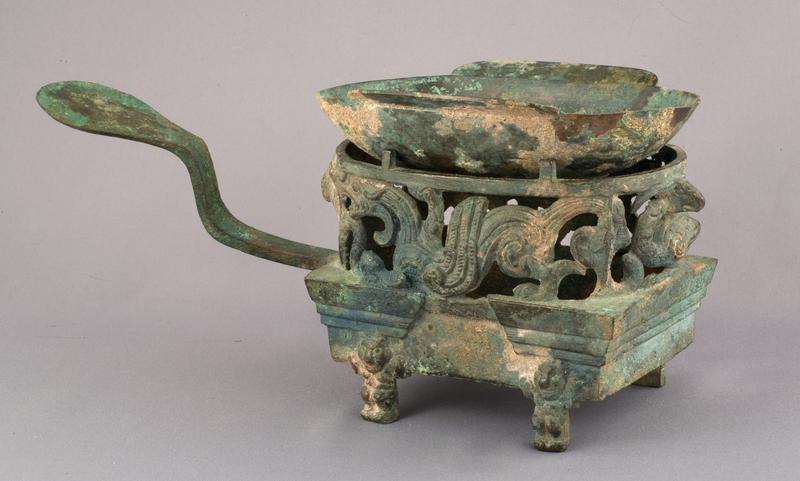For centuries, mindfulness has been an integral part of Japanese culture and society. My artworks offer a powerful healing journey through the traditional mindfulness practices of Kintsugi.
Kintsugi, the Japanese art of golden joinery, is a five-hundred-year-old method of mending damaged ceramics with Urushi natural lacquer dusted with powdered gold, seen as enhancing beauty while celebrating imperfection and impermanence. Kintsugi brings with it a powerful philosophy. Like shattered ceramic, though a person has somehow been broken, they can still rebuild their lives and find happiness and beauty in it. Our healing can be a beautiful part of who we are. With Kintsugi, we witness transformations from brokenness to beauty, sometimes more beautiful because they were broken. Much like cracks in ceramics, a person’s challenges can be celebrated as important aspects of life—what makes us who we really are.

By showing the transition of broken unwanted things into beautiful art, we experience a reformation, transformation, and rejuvenation that recognizes, reflects, and inspires a healing journey. My Kintsugi art allows viewers to be open and to reflect on self-awareness and acceptance while moving towards building resilience and gratitude that can help heal ourselves and the world. Suffering and flaws are integral parts of our identity, elements that shape our history and uniqueness. By beautifully magnifying imperfections in objects, these Kintsugi works lead us to accept fragility and imperfection in ourselves and in life.

With my own sufferings, skills, and love, I create traditional and contemporary Kintsugi art forms. My work respects the traditional materials and aesthetics of Kintsugi but also uses creative innovations to expand conventional ideas towards all cultures and eras while pushing the boundaries of techniques and materials with an approach uninhibited, instinctive, and inspirational. By celebrating imperfection and impermanence in life, I explore what it means to be beautifully broken. I connect broken fragments, people, herself, spirits, and the world.
– Naoko Fukumaru

With the coronavirus pandemic, the entire planet has experienced an unprecedented crisis, with extreme losses and significant challenges for us all. Globally, this has caused significant economic, physical, psychological, spiritual, and mental health distress in ourselves and our communities. The mindfulness practice of Kintsugi speaks to our shared pandemic journey, the need for healing, a graceful return to ourselves, the community, and an opening future. We can experience healing through this artwork, its creation process, and its philosophy. Kintsugi gives us a way to move towards mental health and well-being, to overcome the difficulties of life through the process of accepting who we are, our brokenness, and our imperfections.
My latest work, the “Born This Way” series, shares the diverse stories of reconciliation, affirmation, and liberation from their humble origins. The ceramics I used for this series were rejected for various reasons. In the modern world, we seek perfection and complete artworks in galleries or shops, and no one can see how many imperfect rejections were produced during the production. I dove into the reasons why certain things were discarded to discover how the flaws and mistakes could become beautiful in their own artistic right.
– Written by Naoko Fukumaru
Beauty of Mending: Kintsugi and Beyond opened on November 30, and runs until May 25, 2025.
LEARN MORE
Feature Image: Naoko Fukumaru, Reborn From One Fragment, 2024, 30cm. Courtesy of the artist.



